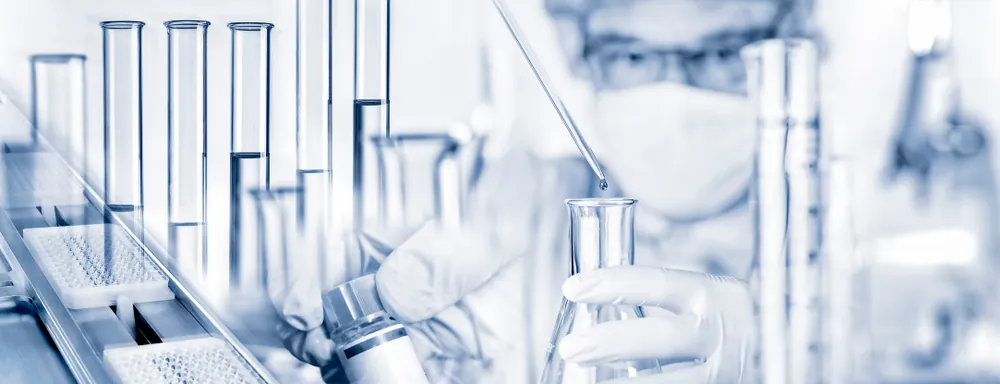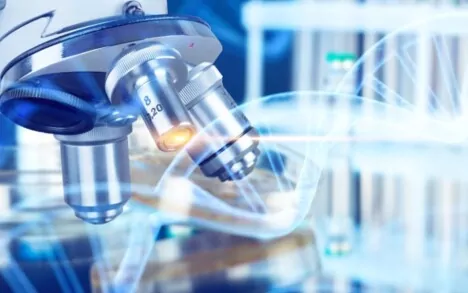1. What are the biggest challenges in achieving and maintaining sterility assurance in pharmaceutical manufacturing?
The biggest challenge I have seen to date is containment and trying to get companies to see the benefits of investing in equipment to protect their product from external contaminations which primarily come from personnel(operators) or the immediate environment. Regulations and standards have come along way in aiding and managing risk e.g. <1colony forming unit in Grade A however personnel are still involved in the various stages of the manufacturing process. The key to added sterility assurance of your product/ process is the elimination where possible and absolute control of contamination and most importantly personnel exposure.
2. Can you highlight some key components of a robust sterility assurance program?
Sterility assurance is a level of confidence that your product that you deem ‘sterile’ is sterile. A robust sterility assurance program involves fully understanding each step in your process from beginning, at point of entry and ending at storage. Each process step needs to be evaluated for ways to prevent contamination entering your process. Personnel gowning, cleaning and disinfection, material flow, supplier qualification are a few components of a sterility assurance program.
3. What role does environmental monitoring play in sterility assurance, and how do companies effectively manage this aspect?
Environmental monitoring plays an important role in your sterility assurance program as it is a means of the validation and qualification of your facility cleanrooms which must be validated and maintained. Environmental monitoring performance qualification (EMPQ) forms part of the cleanroom qualification. Environmental monitoring assesses the microbial contamination level in the cleanrooms and support rooms. This environmental monitoring data can highlight areas where additional cleaning , monitoring or maintenance maybe required. Environmental monitoring ensures cleanrooms operate within compliance.
4. How do regulatory requirements impact sterility assurance strategies, and how do you ensure compliance across different regions?
Regulatory requirements are in place to ensure patient safety and product efficacy and to provide a framework for best practise in the associated region. These regulatory requirements can be very subjective and a company needs to carefully interpret the regulations and apply what is necessary to them with supporting justification. Evolving regulations can be demanding for companies as they need to update various aspects of their QMS to comply. Some companies can struggle with resources, financial and the logistical demands of complying to multiple regulatory requirements.
5. What are some common misconceptions about sterility assurance that you encounter?
The biggest misconception is that the use of microbiology analysis will provide you with assurance that your product is ‘sterile’. No analytical method; microbiological, chemical or physical can measure the complete absence of contamination. It is only with a robust sterility assurance program; facility design/ layout, equipment selection and qualification, procedural workflows, cleaning and disinfection etc. to name a few will a company have the biggest effect on results and ensure heightened assurance that your end product is in fact ‘sterile’.
6. How does the design of a facility impact sterility assurance in pharmaceutical environments?
Facility design is one aspect of sterility assurance where its design and construction are important in preventing contamination by means of High Efficiency Particulate Air (HEPA) and Heating, Ventilation, and Air Conditioning (HVAC) systems which should be used in conjunction with differential pressure cascades, classified areas and pass throughs. The ultimate goal of a sterility assurance program is to prevent contamination ingress into your product.
Louise Ui Fhatharta – Consultant/Manager









